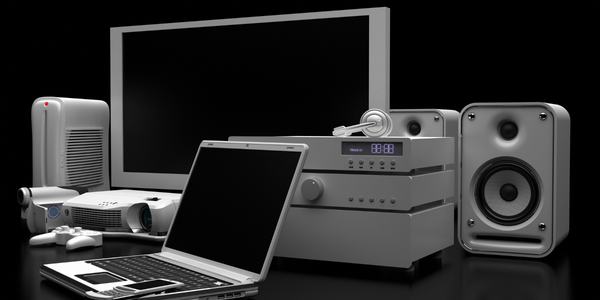Streamlining Semiconductor and Sensor Solutions Development with Altium Designer: A Case Study on AustriaMicrosystems
- Functional Applications - Manufacturing Execution Systems (MES)
- Processors & Edge Intelligence - Microcontrollers & Printed Circuit Boards
- Electronics
- Semiconductors
- Product Research & Development
- Additive Manufacturing
- Time Sensitive Networking
- Hardware Design & Engineering Services
AustriaMicrosystems (AMS), a company with over 30 years of experience in designing and manufacturing advanced analog sensor solutions, was facing significant challenges in their development process. Their customer base, under pressure to deliver increasingly complex products in shorter time frames, relied on AMS to provide component reference designs, application samples, and sensor technologies that worked flawlessly. However, AMS was struggling to meet these expectations due to errors in their development process that were affecting their customers. The issues stemmed from AMS's reliance on multiple sets of software for their in-house electronic design, leading to data conversion and exporting issues, and corrupted databases. The existing systems were causing more harm than good, and it was clear that a unified design solution was needed to integrate their entire workflow under one common thread.
AustriaMicrosystems (AMS) is a company with over three decades of experience in designing and manufacturing advanced analog sensor solutions. They have a broad customer base that relies on them for component reference designs, application samples, and sensor technologies. These customers are under pressure to deliver more complex products in shorter time frames, and they look to AMS to provide solutions that work right the first time. However, AMS was struggling with their development process due to the use of multiple sets of software for their in-house electronic design, leading to a range of issues including data conversion and exporting problems, and corrupted databases.
AMS discovered Altium and decided to migrate to Altium Designer for all of their in-house PCB designs. This allowed them to unify their electronics design workflow and streamline their entire development and manufacturing process. Altium Designer integrated AMS’s schematic design and PCB layout processes into one seamless workflow, enabling AMS to create PCB designs faster and more efficiently. The software made project hierarchies easy to manage, and engineers were able to easily link between block diagrams and project hierarchies. The ability to visualize board layouts in 3D allowed AMS to optimize the placement of discrete components on their PCBs, keeping form factors as compact as possible and in line with the latest industry-standard trends. The issues of corrupted databases and conversion difficulties were completely eliminated as engineers no longer had to import or export files between software.
Related Case Studies.










